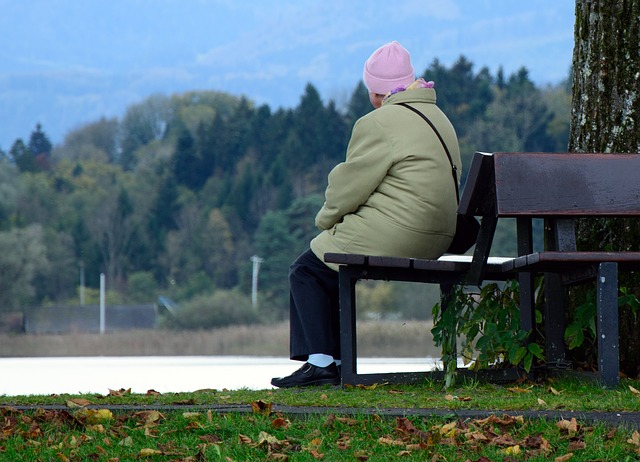
New Research has indicated that the elderly who maintain unhealthy exercising habit have a higher tendency to commit suicide. (Image : Yonhap)
SEONGNAM, Dec.31 (Korea Bizwire) – New Research has indicated that the elderly who maintain unhealthy exercising habit have a higher tendency to commit suicide.
Professor Kim Gi-woong and his team at the mental health department of Seoul National University Bundang Hospital, observed 655 senior citizens over the age of 60 residing in Osan, Gyeonggi province. After 3 years of paintstakingly tracking and observing the research participants from February 2010, 182 seniors (27.7 percent) showed a higher rate in terms of committing suicide.
The research team sorted the elderly with high suicidal tendencies into 4 groups- education, economical, exercise and mental health – they were able to analyze the correlation of the items linked with the tendency to commit suicide.
The results showed that among the 182 seniors, 80 percent hardly had any regular exercise patterns (more than 3 times a week, slightly out of breath) 75.3 percent had a higher melancholy test score (more than 10 points on the GDS(Geriatric Depression Scale)).
72.5 percent of the research participants received 7 years or less of formalized education, and 58.1 percent had low economical status(recipients of national basic livelihood guarantees, subject to medical care).
Professor Kim commented that all indexes turned out to be influential in determining suicidal tendencies. “The chances of creating a suicidal tendency doubles when the economic status gets lower. However, exercising regularly significantly lowered the chances of becoming suicidal to a third.”
He continues that it is a pity that the suicide rate of the elderly are not dropping. “It seems like appropriate measures are not being taken for the senior citizens who live alone and who are also in poverty. Not much is done to treat their depression which only makes matters worse. If an economical safety net for the elderly and also an environment where the elderly can exercise regularly is provided, it could be the key to preventing suicide among seniors.”
The results of the research are published in the recent issue of ‘Journal of Affective Disorders’.
By Lina Jang (linajang@koreabizwire.com)






